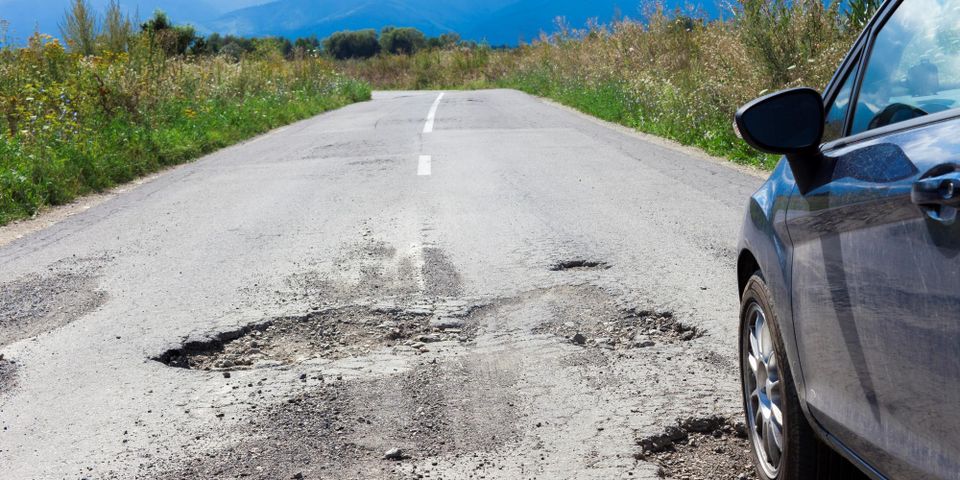
A pothole is a cavity in a road surface that can cause a variety of car-related issues such as flat tires, cracked rims, and steering damage when you drive over it. While potholes can be fixed with asphalt paving, it’s best to avoid them altogether. Keep these hazards away from your driveway or parking lot by learning how they form and the most effective ways to prevent them.
How Do Potholes Form?
After water from rain or snow seeps beneath a crack in the pavement, it freezes and expands, which causes the size of the crack to expand as well. When the water eventually thaws, the pavement contracts and creates a gap beneath the pavement’s surface. Then, as traffic passes over the gap, the pavement weakens and breaks down, forming a pothole. Because of the process that creates them, these hazards are most common in seasons that feature heavy rainfall or snowstorms.
How to Prevent Potholes
 You can prevent potholes by filling and sealing any cracks in your asphalt pavement as quickly as possible to keep water from seeping beneath the surface. It also prevents rocks, sand, and other materials from entering the crack and causing it to grow.
You can prevent potholes by filling and sealing any cracks in your asphalt pavement as quickly as possible to keep water from seeping beneath the surface. It also prevents rocks, sand, and other materials from entering the crack and causing it to grow.
In addition, it’s important to only install high-quality asphalt, as it’s much more crack-resistant than other kinds. You should also keep oil and gasoline from spilling on the surface, as these substances can weaken the material and make it more susceptible to potholes.
To keep your driveway or parking lot pothole-free, turn to the team at Guarco Construction in Hartford, CT. They’ve provided reliable asphalt paving and pavement resurfacing since 1974. Using strong, durable asphalt, they’ll revitalize your pavement so you don’t have to worry about dangerous, unsightly cracks and holes. Visit them online to learn more about their residential and commercial services or call (860) 278-5558 for an estimate.
About the Business
Have a question? Ask the experts!
Send your question

